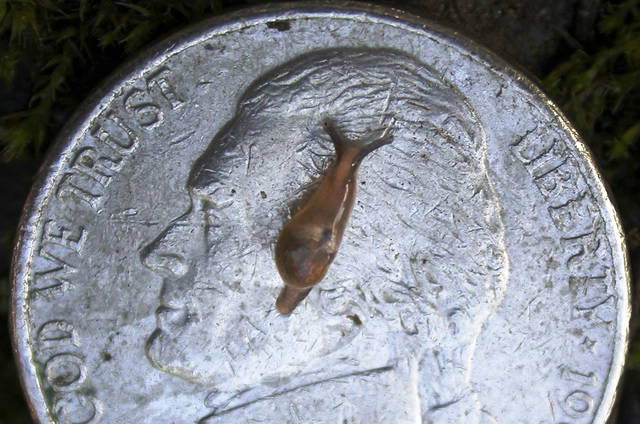One of the most challenging aspects of rat lungworm disease is the lack of a standardized treatment protocol.
But that might have changed.
“We think we found a good recipe for helping these patients recover,” said Hilo Medical Center spokeswoman Elena Cabatu.
Dr. Jon Martell, the hospital’s medical director, described to the Tribune-Herald what might become known as the East Hawaii protocol for treatment of rat lungworm.
Any patient whose symptoms are severe enough to visit the emergency room, Martell said, needs high-dose intravenous steroids to reduce inflammation.
After two days of steroid treatment, deworming medication called albendazole should be used.
Parasitic nematodes that die release neurotoxins, leading some to question when to give the meds.
But Martell said the patient’s body will be exposed to those eventually anyway. The steroids should help the patient’s body deal with the nematodes’ death, he said.
“We would never do this without the steroids on board, and that is probably the key factor in limiting the response,” Martell said.
The other option, he said, is waiting for the nematodes to die on their own. But during that time, they’re wriggling through the brain trying to get out to the rat’s lung — except they’re in a human and can’t get there.
“If you don’t kill them, they will do mechanical damage versus trying to get to your pulmonary artery,” Martell said.
It’s harder, though, to treat people who don’t seek medical help right away because the nematodes have had more time in the patient’s body.
Rat lungworm should be looked at broadly — as a public health issue, Martell said.
So far, a consistent public health campaign hasn’t been undertaken to make sure health providers and patients alike are aware of preventive measures and rat lungworm warning signs.
“But we’re going to step up and take this on,” Martell said.
Hilo Medical Center already has had a first meeting to plan how best to get information to physicians and members of the community about rat lungworm.
Cabatu said the hospital supports, as a priority, public policy that bolsters funding for research efforts.
Martell said a second meeting focused on education efforts is planned, and Hilo Medical Center plans to take the lead in that effort.
“But we are also willing to partner with any other agency that is willing to step up,” he said.
Martell advises seeking medical attention with the following symptoms: a severe, atypical headache; pain that migrates around the body — especially involving the skin; weakness of the face, arm and/or leg on one side of the body.
Email Jeff Hansel at jhansel@hawaiitribune-herald.com.






